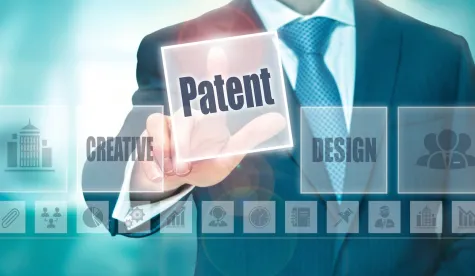The Supreme Court of the United States, brushing aside the position taken by the US Patent and Trademark Office as to the suitability of this case as a vehicle for review, agreed to consider whether a petition for an America Invents Act (AIA) proceeding was filed within the one-year window provided by 35 USC 315(b) for requesting inter partes review (IPR). Dex Media Inc. v. Click-To-Call Technologies, LP, Case No. 18-916 (S. Ct. June 24, 2019) (cert granted).
According to Supreme Court precedent, most aspects of a decision by the Patent Trial and Appeal Board (PTAB) regarding institution of an AIA review cannot be appealed. There is, however an exception when the PTAB acts outside its authority or partakes in other “shenanigans.” Cuozzo v. Lee (2016).
The en banc US Court of Appeals for the Federal Circuit in Wi-Fi One v. Broadcom (2018) found that PTAB decisions finding IPR petitions to be timely filed fall into that category of exceptions. In the case at bar, the Federal Circuit, relying on Wi-Fi One, found that Dex’s petition was time-barred. The finding was based on a lawsuit filed years earlier against Dex’s predecessor, a case that had been voluntarily dismissed without prejudice.
In its petition, Dex argued that while Cuozzo recognized a narrow exception to the non-appealability of institution decisions, “[t]he en banc Federal Circuit used this narrow exception to undercut Congress’ policy determination that institution decisions cannot be appealed.”
Dex’s cert petition also asked the Supreme Court to consider whether an infringement suit that was voluntarily dismissed triggers the IPR time bar. While the PTAB has long said that it does not, the Federal Circuit in this case said that position was wrong. However, the Order granting cert does not include that issue.
The issue presented is:
Whether, in an appeal from the final written decision of the Patent Trial and Appeal Board in an inter partes review, the appellant can argue that the review was improperly instituted because the petition was time-barred by 35 USC 315(b).




 />i
/>i

